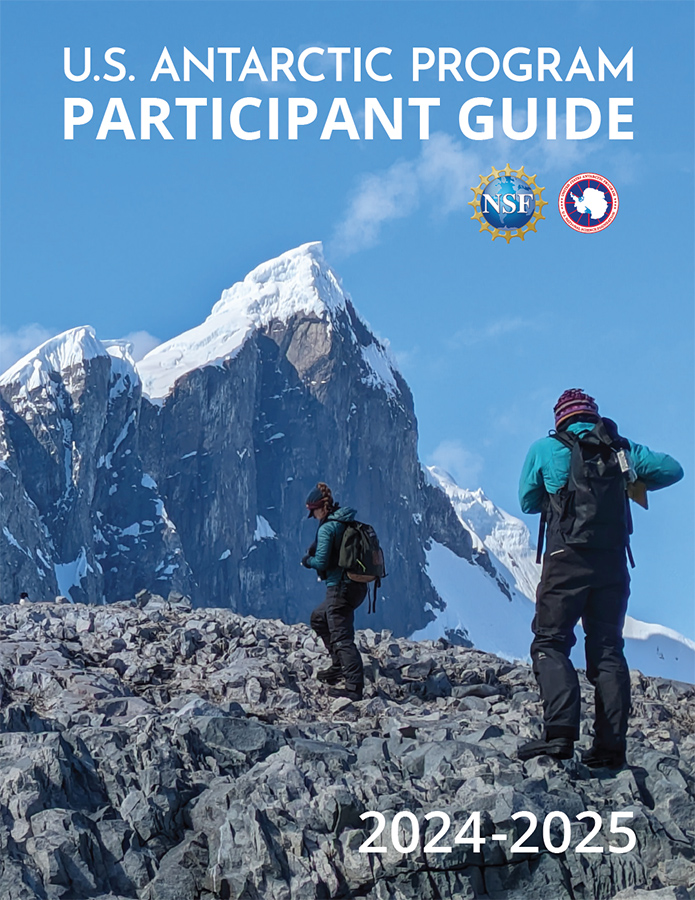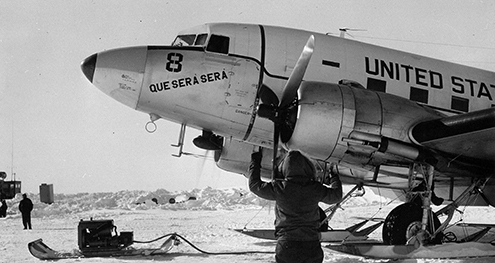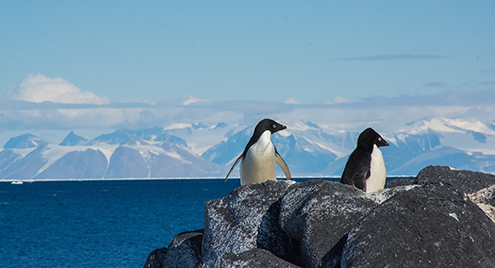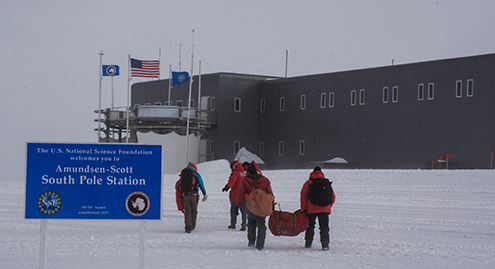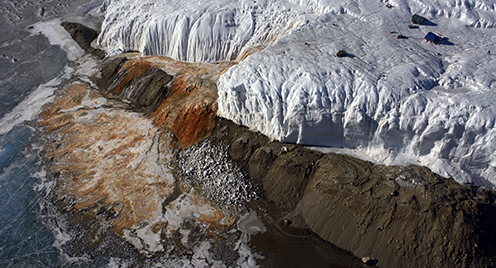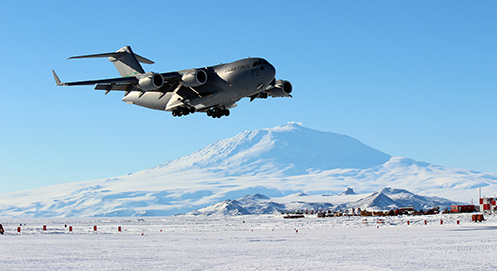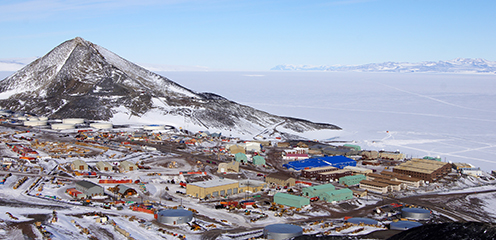2024-2025 USAP Participant GuideUpdated September 30, 2024 The Participant Guide is the initial source of information for U.S. Antarctic Program (USAP) participants and covers the program's three permanent research stations, Antarctic field camps, and the research vessel. The information within assists participants with preparation and knowledge for living and working in Antarctica. You may download the complete version of the Participant Guide below, or link directly to individual sections and chapters using the following links. USAP Participant Guide (19.1MB) Title Page |
|
Chapter 1: The United States in Antarctica
U.S. Navy pilot LCDR Gus Shinn starts up
the Que Sera Sera before taking off for the South Pole from the Naval Air Facility McMurdo on 31 October 1956.
|
|
Chapter 2: Before You Leave Home
|
|
Chapter 3: How and What to Pack
|
|
Chapter 4: Environmental Protection, Permits, and Science Cargo
Blood Falls is a unique feature where iron-rich brine
from the substrate is released at the terminus of the Taylor Glacier. Any work within the protected area of Blood Falls requires an ACA permit.
|
|
Chapter 5: Travel Guidelines
|
|
Chapter 6: Living and Working at USAP Facilities
McMurdo Station is the largest station in Antarctica
and the southernmost point to which a ship can sail. This photo faces south, with sea ice in front of the station, Observation Hill to the left (with White Island behind it), Minna Bluff and Black Island in the distance to the right, and the McMurdo Ice Shelf in between.
|
|
Appendix
|
Participant Guide

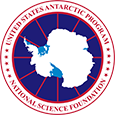

For USAP Participants |
For The Public |
For Researchers and EducatorsContact UsU.S. National Science FoundationOffice of Polar Programs Geosciences Directorate 2415 Eisenhower Avenue, Suite W7100 Alexandria, VA 22314 Sign up for the NSF Office of Polar Programs newsletter and events. Feedback Form |
